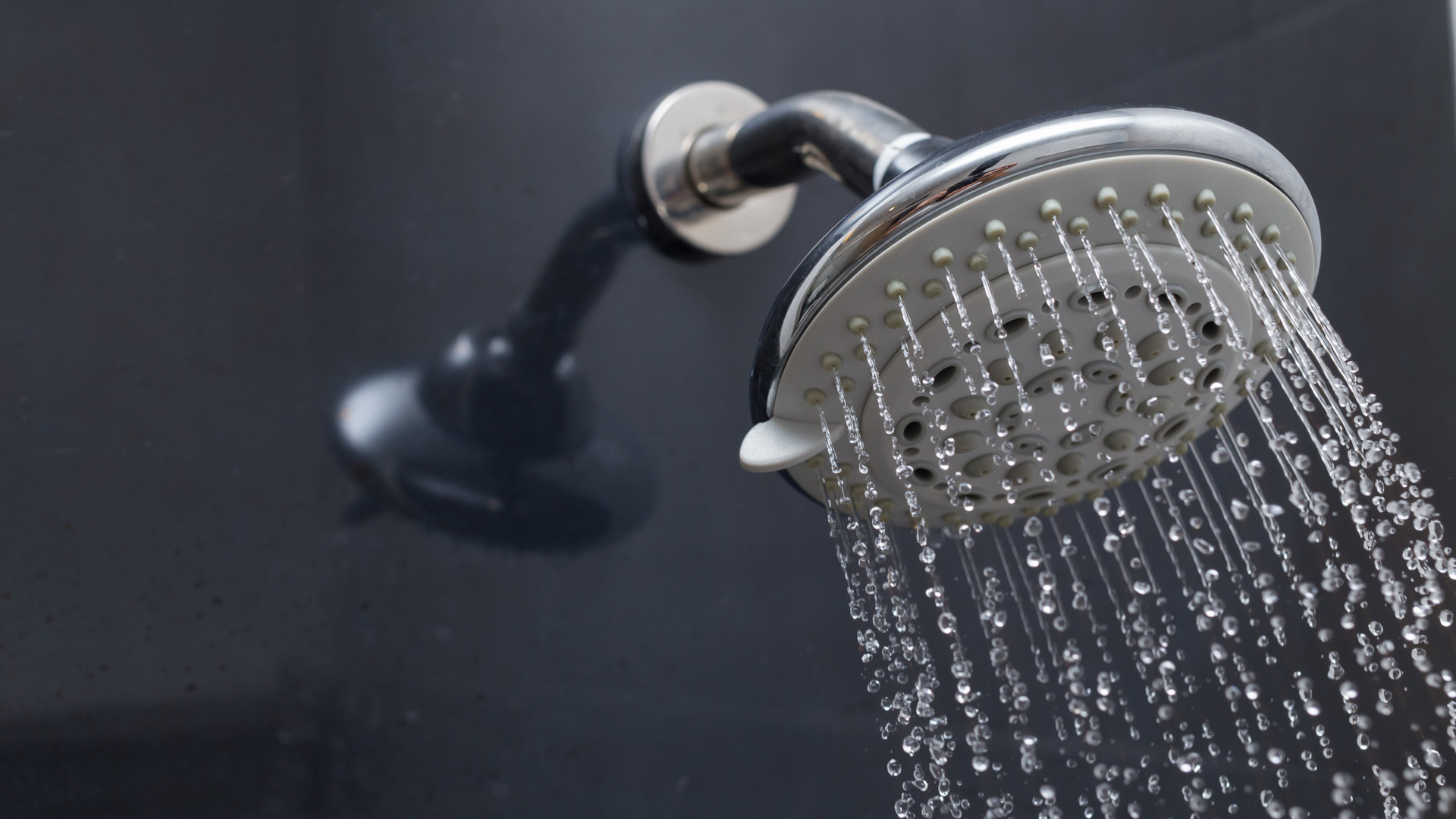
When choosing shower or bath taps for the bathroom, it is worth considering several options. Bathroom taps, especially those that are concealed, are a permanent fixture that makes reinstallation difficult. When choosing such a form of bathroom tap, you should be guided not only by aesthetics but also by practicality, as this will ensure its long-term use.
What bath-shower tap to choose?
You most often come across concealed shower taps, and less frequently on the market can you find concealed washbasin, bath, shower-bath, and less often bidet taps. The tap model can be single-lever, combining hot and cold water, or dual-lever, which has two knobs. You can also find thermostatic taps on the market that allow for perfect water temperature setting. The most important thing is to consider the well-being of all residents and choose a suitable tap that will please everyone.
Concealed taps consist of two parts that are connected. The visible part of the tap is the surface-mounted part, which includes a covering rosette and lever or two knobs. The hidden part is the concealed portion located in the wall; this element supplies water to the surface-mounted part. Hiding the concealed element adds to the bathroom's aesthetics, but the installation of this element must be done before the tiles are laid in the bathroom.
Proper installation of concealed taps
Proper installation of concealed taps guarantees their long-term use without the need for repair. However, fixing this type of tap is somewhat more complicated than a traditional tap. It is important to ensure that every element fits and is appropriately secured. This is a crucial issue during installation as it helps avoid additional costs, such as removing tiles, even for minor malfunctions.
Concealed shower taps are increasingly being chosen for bathrooms. It is a fantastic solution in small bathrooms where the shower tray is replaced by linear water drainage and fitted appropriately with glass doors. The overall effect gives the bathroom more space for use. And the concealed tap does not restrict movement while bathing. All surface-mounted elements are fixed after all finishing works are completed, so it is worth checking if everything works before laying tiles.
A few drawbacks of concealed taps worth knowing
Concealed taps are very labor-intensive to install, and additional space needs to be excavated to introduce a plumbing installation. For this reason, they are most frequently installed in new bathrooms or during major renovations to enhance their comfort and add some free space in the bathroom. Unfortunately, in the event of malfunctions, you must consider removing tiles to access the faulty area, which generates additional costs. Therefore, it is crucial to properly install all parts and choose high-quality materials.
Some manufacturers have ensured that after removing the covering rosette, there is access to the concealed area to facilitate tap repair if such a situation arises. It is worth paying attention to this when choosing a concealed tap for the bathroom. It is also good to check what hydraulic components need to be purchased for the appropriate tap model, which significantly raises the installation cost. The cost of a concealed tap is higher than a traditional tap, and with additional installation costs, you have to calculate what is a priority when designing the bathroom.


















